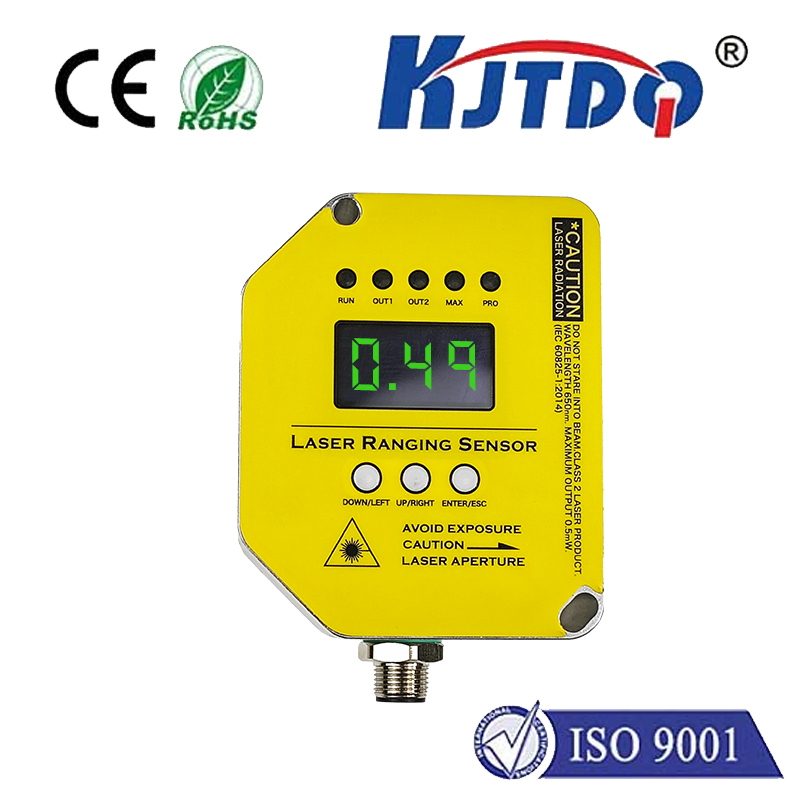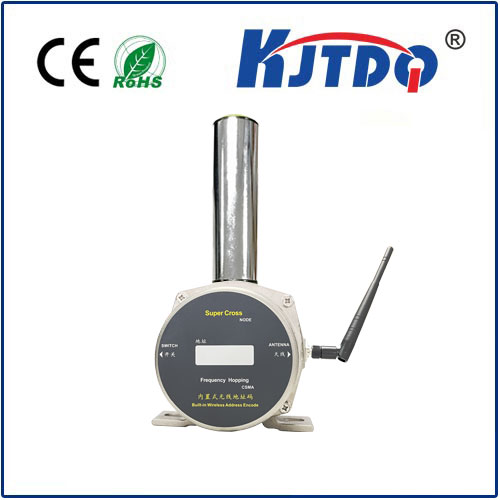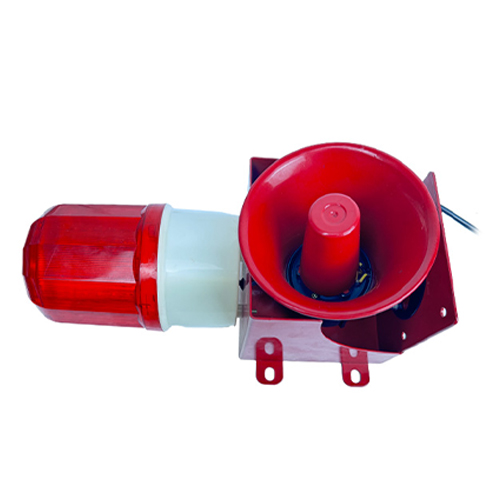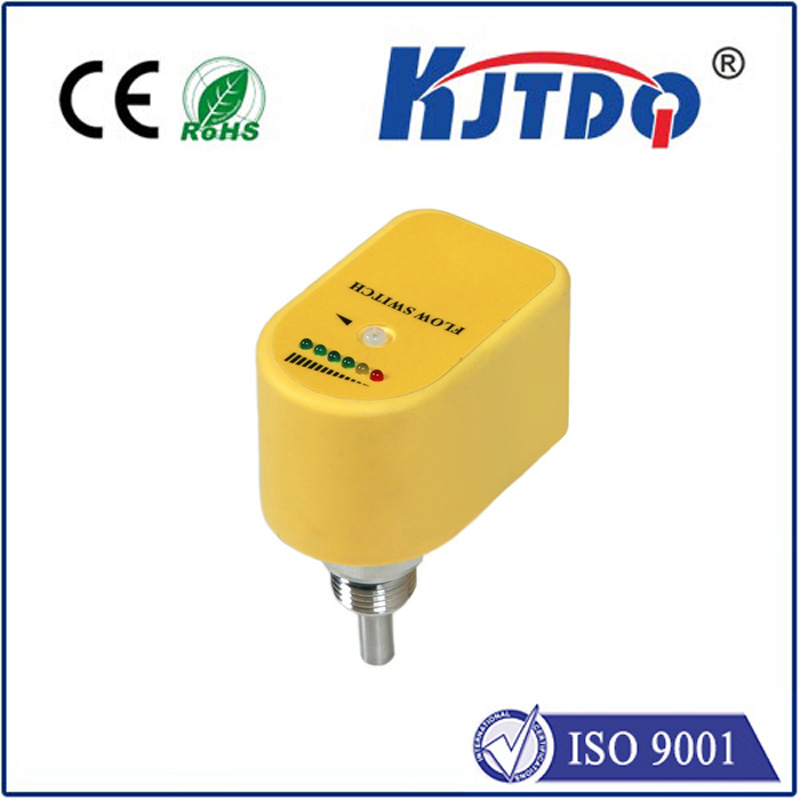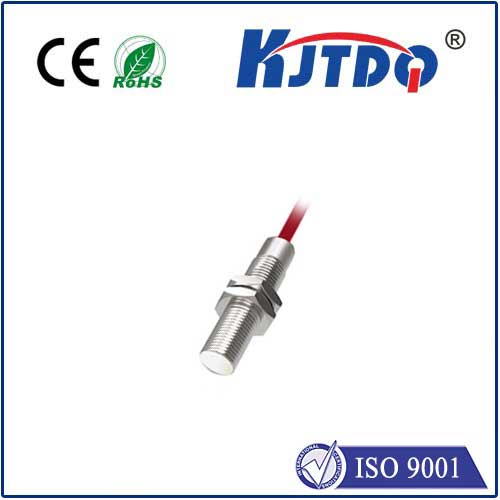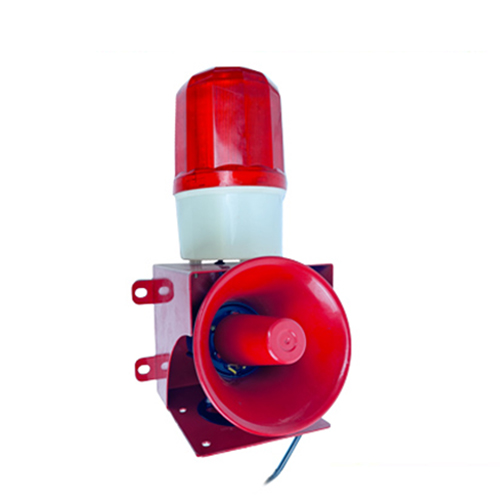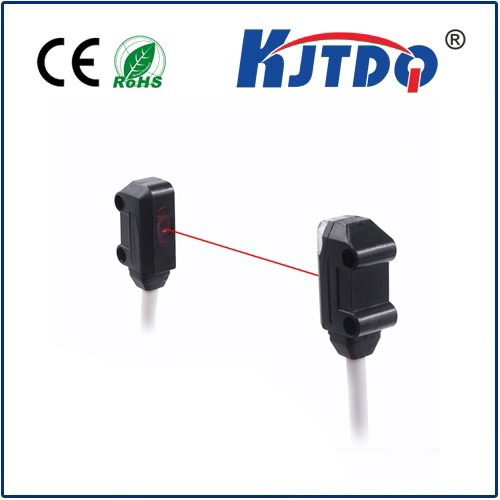

check

check

check

check
We interact with countless devices daily, often unaware of the silent sentinels enabling their intelligence. One such unsung hero is the proximity sensor module. It’s the technology that dims your smartphone screen during a call, turns on faucets without touch, ensures warehouse robots avoid collisions, and keeps garage doors from closing on obstructions. These compact electronic workhorses detect the presence of nearby objects without physical contact, forming a critical link between the physical and digital realms. Let’s delve into how proximity sensor modules operate, explore their diverse types, and uncover the vast array of applications they empower.
Understanding the Core: What is a Proximity Sensor Module?
At its simplest, a proximity sensor detects the existence or absence of an object within a specified range. However, a raw proximity sensor element often needs supporting circuitry to function effectively in real-world applications. This is where the proximity sensor module shines. It integrates several key components onto a compact printed circuit board (PCB):
This packaged solution transforms a fundamental detection capability into a ready-to-use component, significantly simplifying design and prototyping for engineers and hobbyists alike.
How They Work: Different Sensors, Different Principles
Proximity sensor modules leverage distinct physical principles, each suited to specific needs:

Infrared (IR) Proximity Modules: These modules typically consist of an IR LED emitter and an IR photodiode or phototransistor receiver. The IR LED emits an invisible beam. When an object approaches, the beam reflects back to the receiver. The module’s circuitry detects this reflected signal strength, triggering an output. Key advantage: Cost-effective and suitable for short-range detection of most non-shiny objects. Commonly found in smartphones, appliances, and robots.
Inductive Proximity Modules: These detect the presence of metallic objects by generating a high-frequency electromagnetic field. When a metal target enters this field, eddy currents are induced within the metal, causing a measurable change in the sensor’s oscillation amplitude or frequency. The module processes this change to switch its output. Key advantage: Highly reliable, unaffected by dirt/oil/moisture, and ideal for industrial automation (e.g., detecting machine parts, cylinder positions). Operates effectively without physical contact.
Capacitive Proximity Modules: These sensors create an electrostatic field. The approach of any object (metal, plastic, liquid, wood, even a human body) alters the capacitance of this field. The module detects this change and triggers its output. Key advantage: Detects a wide range of materials and non-conductors. Perfect for touchless interfaces, liquid level detection, and material presence sensing.
Ultrasonic Proximity Modules: Employing sound waves beyond human hearing, these modules contain a transmitter that emits ultrasonic pulses and a receiver that listens for the echo. The time taken for the echo to return is measured, calculating the distance to the object. The module outputs a signal based on a set detection range. Key advantage: Good for medium-range distance measurement and detecting objects of various materials, including transparent ones. Used in parking sensors, robotics, and tank level monitoring.
Hall Effect Proximity Modules: These detect the presence and strength of magnetic fields using a Hall effect sensor. When a magnet approaches the module, the Hall sensor generates a voltage proportional to the magnetic field strength, which the module converts into a usable digital or analog output. Key advantage: Solid-state reliability, excellent for detecting magnets in applications like position sensing (doors, linear actuators) or speed detection (rotating magnets).
Why Choose a Module? The Compelling Benefits
Integrating a proximity sensor module offers significant advantages over building the sensing circuitry from scratch:
The Ubiquity of Proximity Modules: Real-World Applications
The versatility of proximity sensor modules makes them indispensable across numerous sectors:
Key Considerations When Selecting a Module
Choosing the right proximity sensor module involves several factors:

